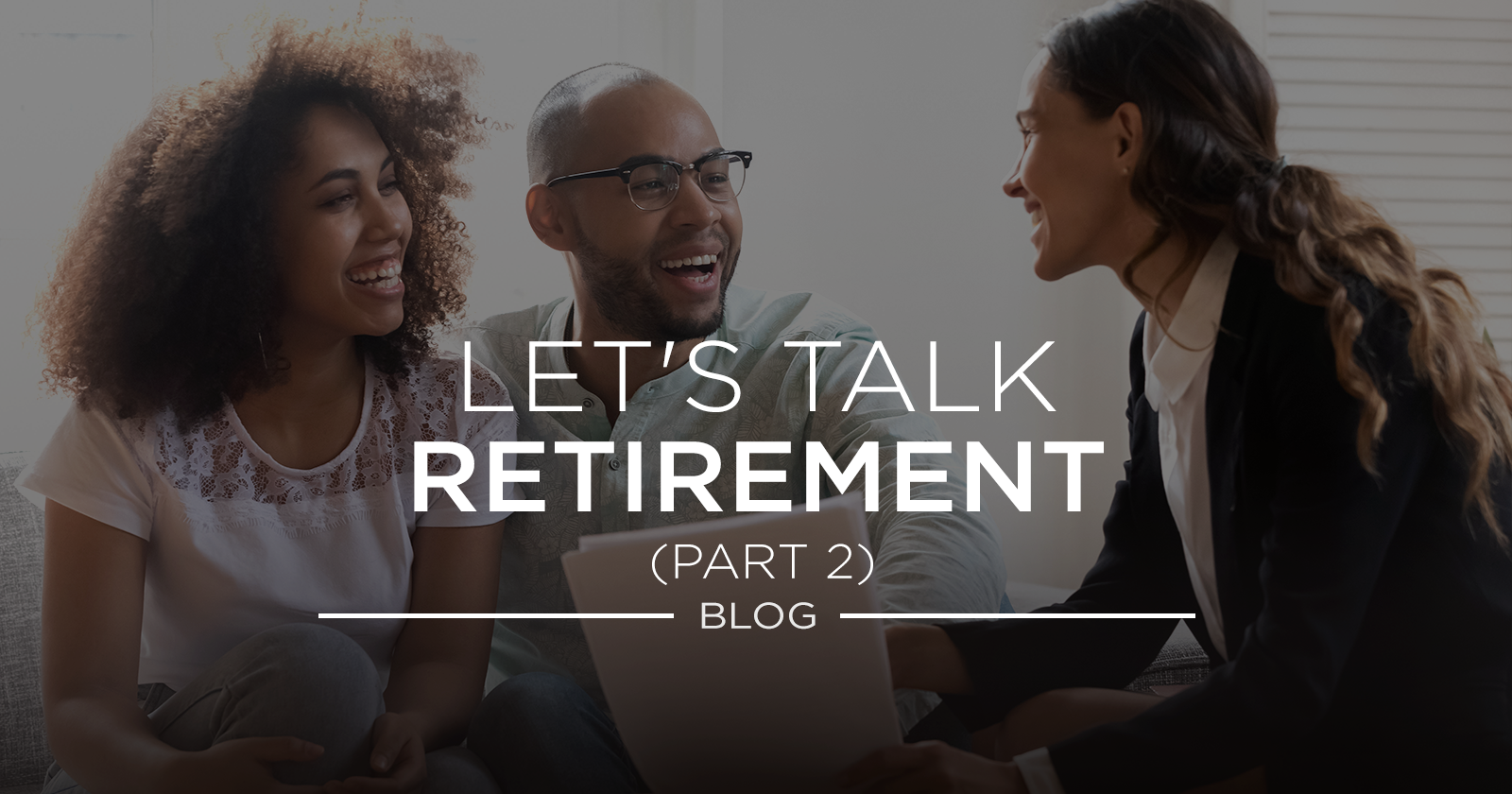Let's Talk Retirement Part 2
How do you imagine spending your retirement? Sagicor is here to guide you on not only the best way to start saving, but also to help you figure out how much you might need to enjoy the same quality of life you have now, throughout your retirement. If you missed it, catch up and read Let's Talk Retirement part 1 here! Now What next?
Map Out Retirement Plan
Plan To Reach Your Goals
How do you expect to fund your desired lifestyle? Your government’s National Insurance Scheme (NIS) provides benefits for retirement, but is this sufficient revenue to secure your desired lifestyle? Careful attention should be given to any additional sources of income for retirement, including your employer pension, individual life insurance policies, rental property, etc. Estimate the amount of income you expect to derive from these other sources.
Any shortfall between NIS and additional sources will have to be supplemented through your savings, and registered retirement savings plan (if any). The shortfall should guide the level of savings necessary to secure your desired lifestyle.
Remember, you must continuously monitor your situation to ensure that you remain on the right path to achieve your desired goal. This journey may seem intimidating, but our team of experts can guide you through the process.
3 Common Retirement Mistakes to Avoid
The hard part is knowing exactly how much money you’ll need, for the life your future self wants. Here are 3 common retirement savings mistakes you should avoid:
1. Not Supplementing Your Retirement Savings
You may already have a plan with your employer, or you may be counting on the national insurance scheme. But if you can afford to, it’s highly recommended you have your own private retirement plan.
2. Taking A Loan Out of Your Retirement Savings
Borrowing money from your retirement savings can cost you big time in the long run. By the time you pay back what you took out, you would have lost the opportunity for the money to grow from interest.
There may also be withdrawal penalties to taking a loan out of your retirement, so consider this beforehand.
3. Changing Jobs and Cashing Out
It’s likely that during your career you’ll have the opportunity to change jobs a few times. If you’re holding employer retirement plans when you leave jobs and decide to cash out, you may be liable to pay taxes and will have to start all over with a new plan.
This demonstrates why it’s beneficial to have a private retirement savings plan like a registered retired savings plan – it stays with you no matter where you go.
Let’s look at an example:
Suppose you save $100 each month towards your retirement. That equals $1,200 per year. After 45 years of working and saving, you’d have $54,000. If you retire at 65, and live to 85, you’ll have to live on $2,700 per year.
Now let’s make things a little better! Suppose you invest your savings, and your money grows at 8% a year as you save. Now that same $100 per month gives you a total at age 65 of over $527,338. You see what a difference growth can make over time. And if your money continues to earn 8%, you could live on $42,000 a year without ever touching your principal.
Of course, the later you start to save, the more you should put away each month. But it’s never too late – or too early – to get started.


